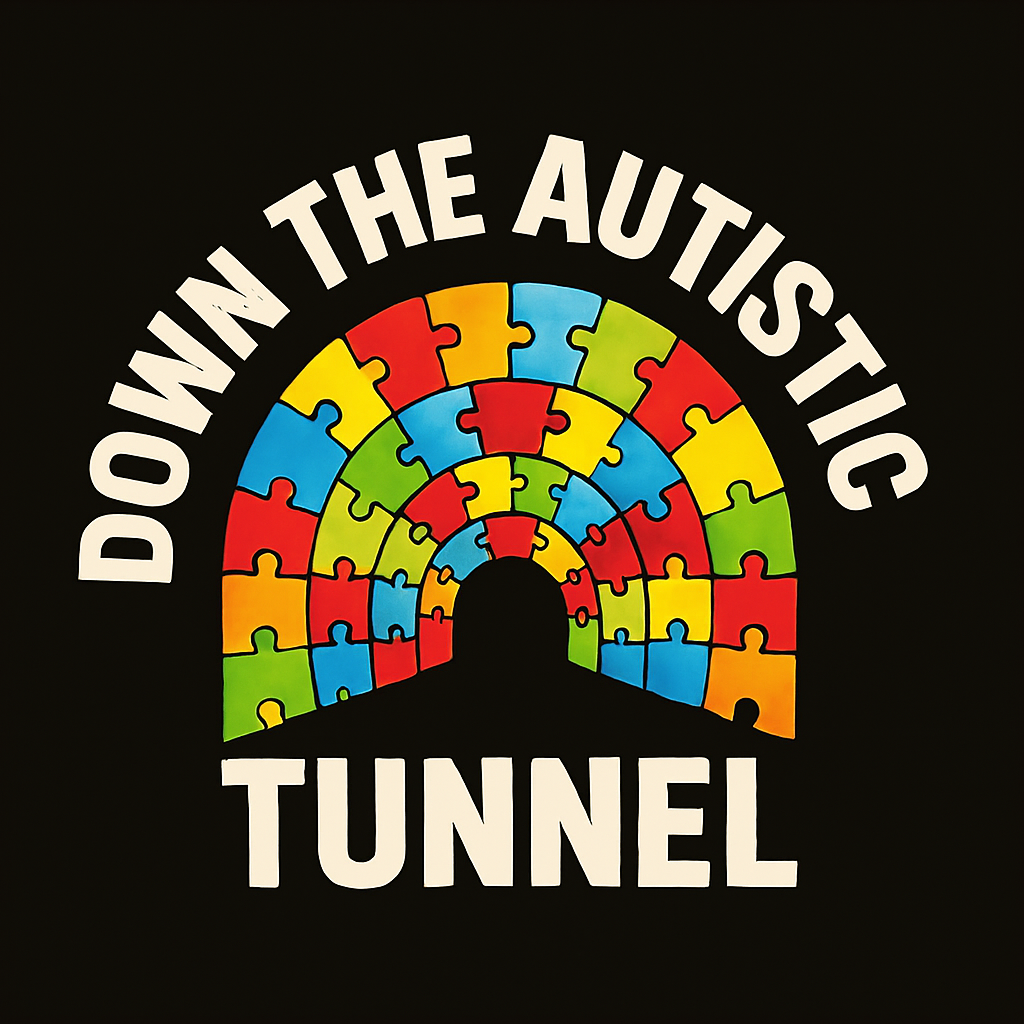Here are some suggested best practices to introduce persons with autism to new people, and environments like teachers, friends and new homes
Best-practice introductions for autistic people follow one rule: preview, don’t surprise.
-
Send a “movie trailer” first. One-page profile (photo, likes, dislikes, calming tools) emailed to the teacher or new neighbor before the handshake ever happens.
-
Stage the set. Visit the new classroom, home, or playground at closing time—empty seats, dim lights, zero social pressure. Let the novelty wear off in private.
-
Anchor with objects, not just words. A familiar scented hand lotion, a tiny Lego piece in the pocket, or the same welcome snack turns the stranger’s space into a portable piece of home.
-
Script the roles. “First I show my dinosaur card, then you show yours” gives both kids a turnkey conversation; teachers receive a two-sentence self-advocacy script the learner has rehearsed with mom.
-
Use “micro-exposures.” Ten minutes on day 1, twenty on day 3, full length by week 2—timers visible so trust grows faster than overwhelm.
-
Pair every new person with a favorite interest. The new babysitter arrives wearing a space-mission lanyard; the realtor greets with a local rock-collection map. Shared passion jump-starts rapport before small talk is required.
-
Build an exit signal in advance—card with a red “B” on the desk, subtle hand on heart—so the learner can self-revoke without humiliation.
-
Debrief in pictures. Snap three photos during the visit, sequence them on the tablet that night, and add a fourth frame titled “Next time I can…” Autonomy is rehearsed while memories are still elastic.
Respect the tempo of the autistic nervous system: when the preview is longer than the premiere, the curtain rises on confidence instead of chaos.
“What does the ‘spectrum’ mean to you? Share your initial thoughts or questions about autism in the comments below, or tell us about a strength you’ve observed in an autistic individual.”
Down The Autistic Tunnel

